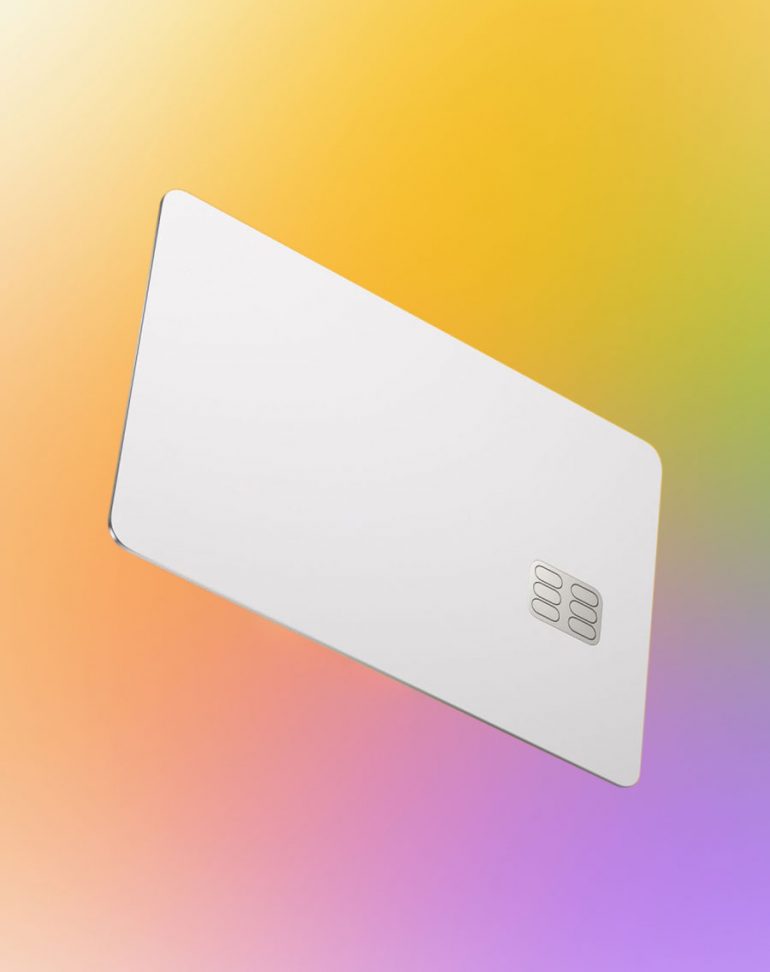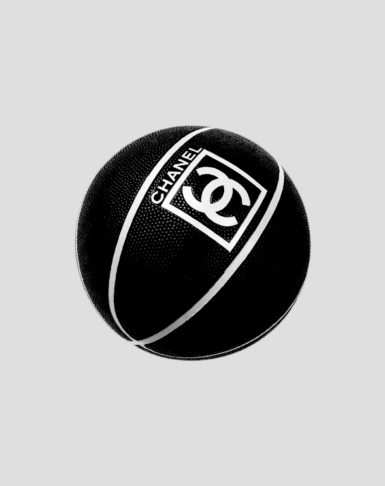This article originally appeared on Forbes
Everyone’s got metal cards on their mind at the moment, whether they like them or not. While N26 and Revolut have already released metal versions, news of Monzo’s upcoming metal experiment and Apple’s titanium credit card US launch have got people in the fintech industry asking: why?
Why are neobanks and challengers creating metal cards, and will incumbent players follow suit? I spoke to Siegel+Gale Creative Directors Austyn Stevens and Lloyd Blander and Group Director, Creative Services Steffanie Haase about the symbolism of the metal card.
The metal card can be traced back 20 years to 1999, when American Express launched the first one. The black titanium Centurion card was invite-only with large spending requirements and benefits like a concierge service, setting a high standard for metal cards that followed but in turn, diluting the premium factor of the luxury product at the same time.
The digitalisation of everyday actions may have resulted in not needing a physical card, but Blander explains that companies will continue to turn to precious metals “to increase desirability and physical wallet appeal,” like Apple’s “beautiful” titanium credit card. He reiterates that metal cards have been around for years, but their penetration in the mass market would “add a whole new dimension to a form factor design that hasn’t changed in decades.”
Metal signifies luxury and “the experience of actually holding one in your hand is pretty cool. The cool touch and weight of the card itself actually makes the card feel quite substantial and throwing one down at dinner produces an audible sound that industry insiders call the ‘clank effect.’” Blander explains.
In this digital world, people are less likely to pull out their cards to make a payment. Blander points out that a change in material “allows us to explore additional sensorial cues like touch and sound that consumers experience as brand rituals. From a design perspective leveraging new form factors and materials makes it possible to create simpler, more refined beautiful designs. Making the product feel more coveted and personalized just for them.”
So, why? Stevens says that the short answer is that metal cards are “trendy” and they symbolize “premium, elite status.” She adds that the one drawback is that “metal cards are incredibly expensive to produce comparatively. I do not believe they are more or less environmentally friendly.
“I imagine that more institutions will cut back on plastic, but may not move to metal, rather evolve into a more digital experience.” Perhaps metal cards are still gimmicks. Soon after Starling Bank launched their new vertical debit card, Revolut jumped on the bandwagon of delivering a card that is different.
At the time of the launch, CEO Nik Storonsky said that he was “absolutely convinced that Revolut Metal will be the exclusive card of the future, and an absolute must for travellers worldwide.” The card also came with benefits such as commission-free trading and access to airport lounges. But does this work? To what extent has this enticed customers to pay for a metal card?
Haase expands on this point that metal cards may be an easy way for brands to provide something different, something cool. “Many financial institutions are looking for a market differentiator in the card space. With the rise of mobile payments, a cards form factor has become more important – almost like a piece of jewelry or a status symbol.”
Cutting back on plastic use is also a major consideration today, but Haase highlights that the concept of metal cards being more sustainable is a myth. “Some say they are more sustainable because the metal is recycled. However, when they are combined with other materials that are not recycled, the message is not so clear.”
She continues to say that corn-based plastics, sustainable forestry wood cards and recycled plastics are also becoming new trends amid environmental concerns, but there “will always be a balance of need versus expense. As fewer cards are needed, move to digital wallets, it is entirely possible the unique form factors will become more prevalent and appealing to consumers.”


